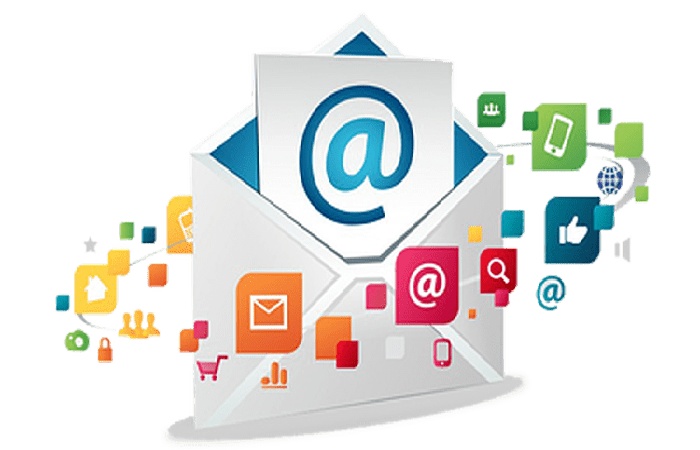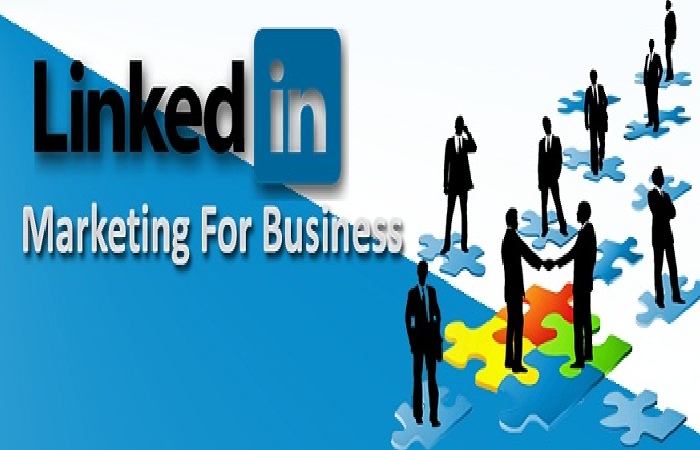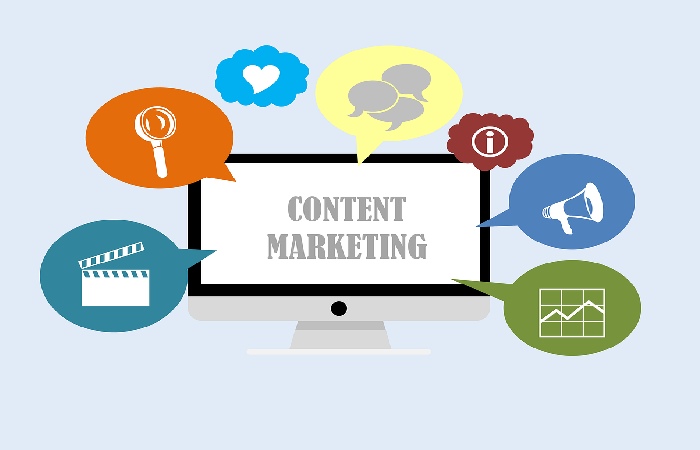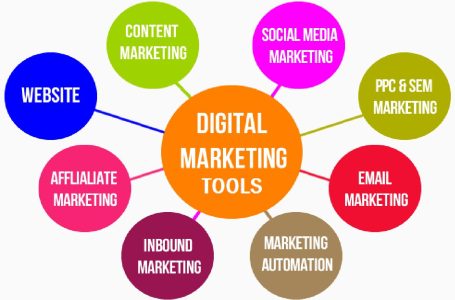In business, we pay attention to two aspects—growing our customer base and generating revenue.
Growing your business is crucial to generating income, but having an influx of leads doesn’t necessarily translate to revenue. Many leads slip through the cracks, while others aren’t a good fit for your business.
What works is the systematic nurturing of leads to help move them down the sales funnel and turn them into paying customers. This process is known as lead conversion.
Let’s explore key strategies that B2B enterprises should leverage to maximize conversion:
Automate Processes – B2B Lead Conversions

According to Forbes, businesses lose over $75 billion annually because of poor customer service.
Many companies fail to create positive experiences to drive customer loyalty. As a result, customers become “serial switchers moving from one brand to another looking for better service.
Oh, and it gets worse, up to 39 percent of customers wouldn’t dare have dealings with the offending company again.
What does this mean for you?
There are several steps brands can take to improve customer experience, but we’ll focus on automating processes.
Automation software handles repetitive tasks like qualifying sales leads, converting qualified leads into customers, sending emails, taking and processing orders.
It improves efficiency and frees the team to handle human interactions and build lifetime value for customers. Here’s how you can use Automate processes for B2B lead conversion.
Processes you can automate include:
Adding a chatbot to your site. Chatbots engage your visitors, provide prompt answers to questions and suggest solutions. They also collect visitor data that can be analyzed to improve customer experience.
Sales notification and sales tracking. Visitors who go to your price pages or detailed product pages are usually ready to buy. This software allows you to identify buy-ready visitors that you can follow up.
Customer onboarding. Here, you set up a series of automated emails to walk clients through your product/service or offer advice that helps them leverage their investment.
Lead nurturing. When new leads enter your system, automated email correspondence can build rapport and educate the leaders. As the leads turn into sales-qualified leads, they are passed on to the sales team.
Social media automation. You can automate several social media tasks, including scheduling new posts, sharing posts by partner organizations, or thanking new followers.
You Can Also Read: Guide To Enterprise Solutions For Small eCommerce Businesses
Email Marketing – B2B Lead Conversions

The effectiveness of email marketing lies in the personalization and customization of messages to suit specific segments.
You can create welcome emails for new subscribers or cart abandonment emails with special offers for those who loaded carts but didn’t complete the purchase.
The closer your emails hit, the more audiences feel understood, increasing the likelihood of converting to customers. Here’s how you can use Email marketing for B2B lead conversion.
Best practices include:
Create interesting but truthful subject lines. Many people deliberate on whether to open emails based on subject lines. So make them short, use some humor or controversy to generate curiosity while ensuring they convey what your email is about.
Personalize the emails by adding the recipient’s name. Segment your subscriber list to ensure you send emails relevant to where they are in the sales funnel.
Keep emails short and visually attractive. When people see a wall of text, they skim through it and may miss something important. Break down texts into smaller paragraphs, use bullet points, and have plenty of white spaces.
Ensure your email call-to-action is strategically placed within the email body. You don’t have to use flashy red buttons to attract (I mean annoy) the reader. Make it visible.
You Can Also Read: 9 Tips On How To Do SEO For Small Businesses
Cold Calling

Businesses are in business to make profits.
They will listen if you provide solutions that may help grow their business.
Today’s cold calling technique isn’t about dialing random numbers and barging them to buy from you.
It’s research-based to ensure you’re reaching specific audiences who may profit from what you’re selling.
It’s about piquing the listener’s interest enough to secure another call or meeting where your team can go into detail about your offerings. Here’s how you can use cold calling for B2B lead conversion.
Best practices include:
Prepare for the call. This involves researching the prospect beforehand to get a feel of their industry, the challenges they face, and how your solutions can make a difference.
Time your calls for success. Research shows you should make calls around mid-morning from 9 am to 11 am and in the afternoons from 1 pm to 4 pm. We recommend checking your records to identify the hours when the calls you made were most successful.
The first 10 to 15 seconds of the call are crucial. Incorporate a relevant pain point in a success story from your existing customers and explain how your solutions made a difference.
Distractions disrupt conversation flow, and you’re likely to miss something important or ask the same question twice. Designate time for cold calling and keep distractions at a minimum.
You Can Also Read: Most Popular Ways to Promote Your Business
LinkedIn Marketing

With over 750 million members, including 65 million decision-makers, the volume of business professionals on LinkedIn makes marketing on this platform worthwhile.
You have the opportunity to get in front of decision-makers, nurture and convert leads into customers and B2B lead conversion.
Here’s how you can use LinkedIn marketing for B2B lead conversion:
Make your company page compelling. Complete all sections, add visuals to your profile, celebrate recent accomplishments, and talk about upcoming events.
Take advantage of Showcase Pages to share your products/services, events, and other company news.
Apply for and use LinkedIn Live to host sessions with industry leaders. Cover topics that interest your ideal buyers.
Join LinkedIn groups relevant to your industry. These groups are perfect for gaining insight into prospects and pain areas. Position yourself as a thought leader by actively contributing to group discussions.
Turn your staff into influencers. Get them to speak about your company’s services, customer success stories, and accomplishments.
Be conversion-focused. Find trending topics and create interesting content around them. Be present to interact with audiences as they interact with your posts. Create and share short videos about your brand, services, and customer success.
You Can Also Read: How to Buy Dogecoin in Canada Everything you Should Know about It
Content Marketing

Content that promotes lead conversion convinces audiences to take the final step in the sales cycle—make a purchase.
The lead has explored their options, identified possible solutions, and needs a little nudge to commit by this time. Here’s how you can use content marketing for B2B lead conversion.
Good content for this includes:
Customer reviews. As prospects weigh their options, positive customer reviews that highlight how the product worked for them can help nudge them in your direction.
Case studies. Alongside customer reviews, case studies comprise real-life business scenarios and outline how effectively your solutions fixed the problems.
Infographics. Detailed descriptions of your offerings may help influence purchase. Laying out it information in a visually appealing infographic makes it easier to scan.
Simplify the online ordering process. If a prospect finds your methods too long or overly complicated, they will go elsewhere.
Landing pages. Strip down your landing pages, so they only contain information relevant to the link the prospect clicked on.
You Can Also Read: Top 10 Digital Advertising Tools for Social Media
Conclusion
Creating, tweak, and upload content on your site and online platforms makes it visually appealing for your readers. Use an understandable layout that the audience can scroll through quickly, whether they are using a desktop or mobile device.
Set up visible calls-to-action so your audiences know what you need them to do once they have read your content.





